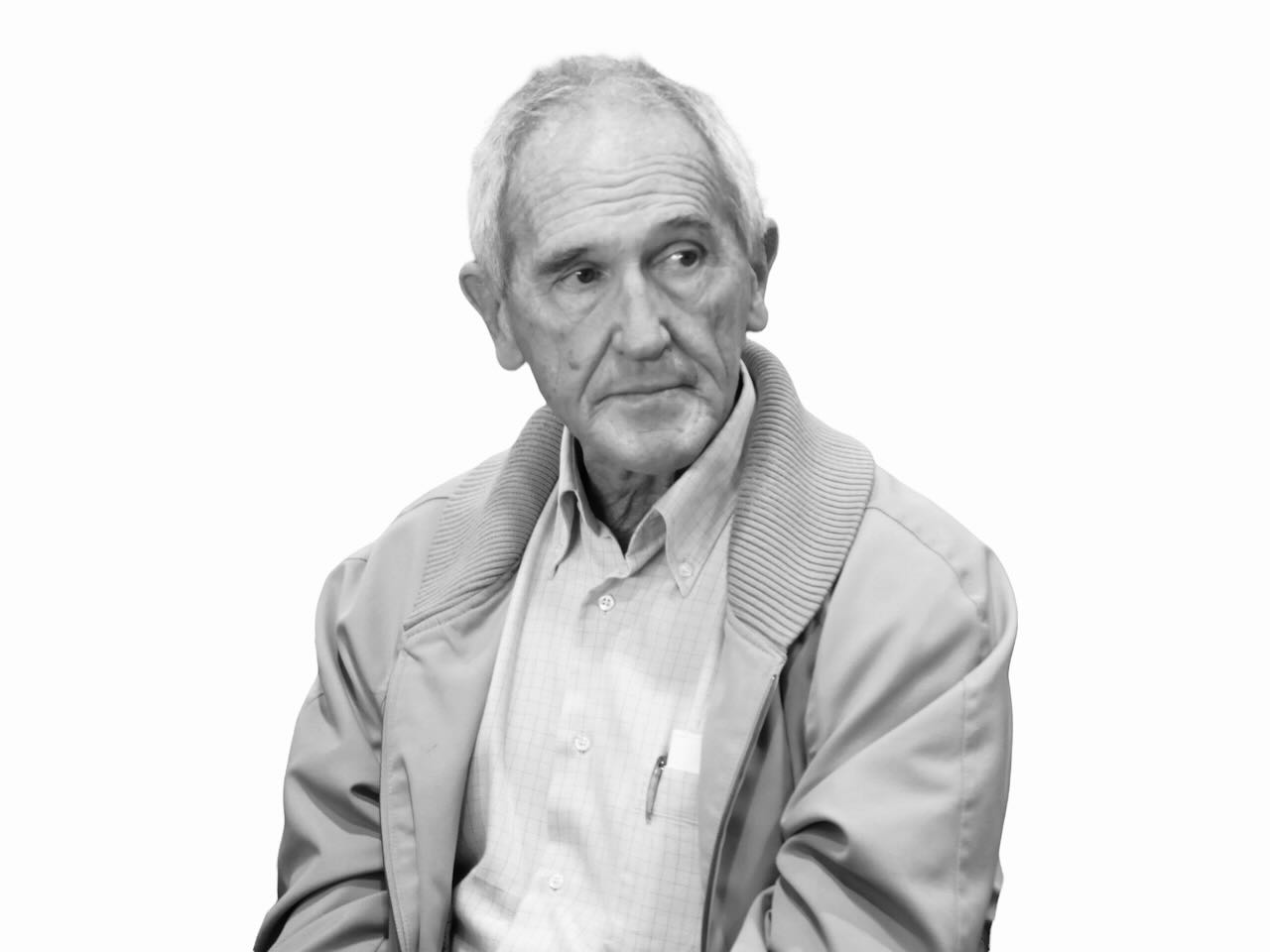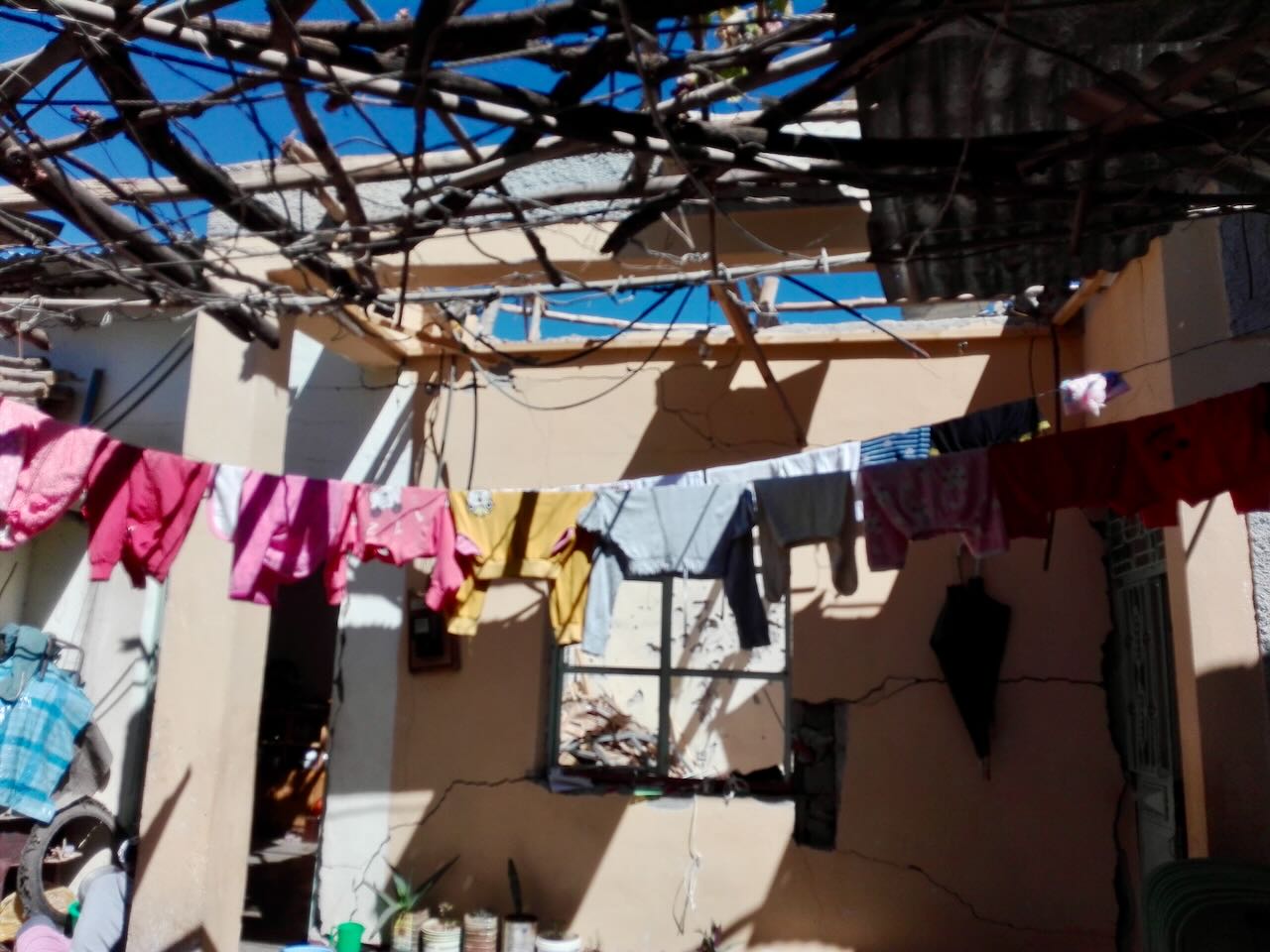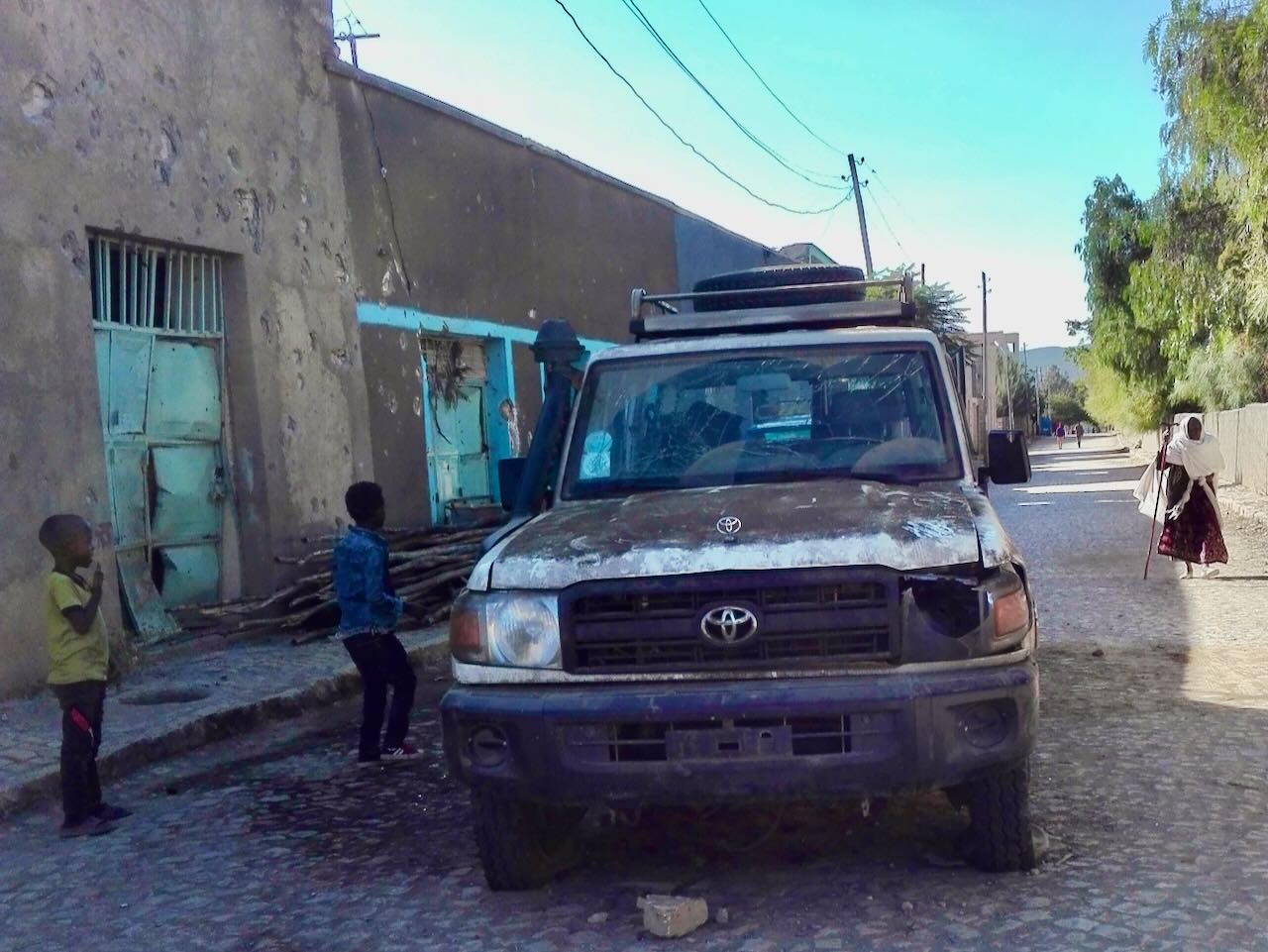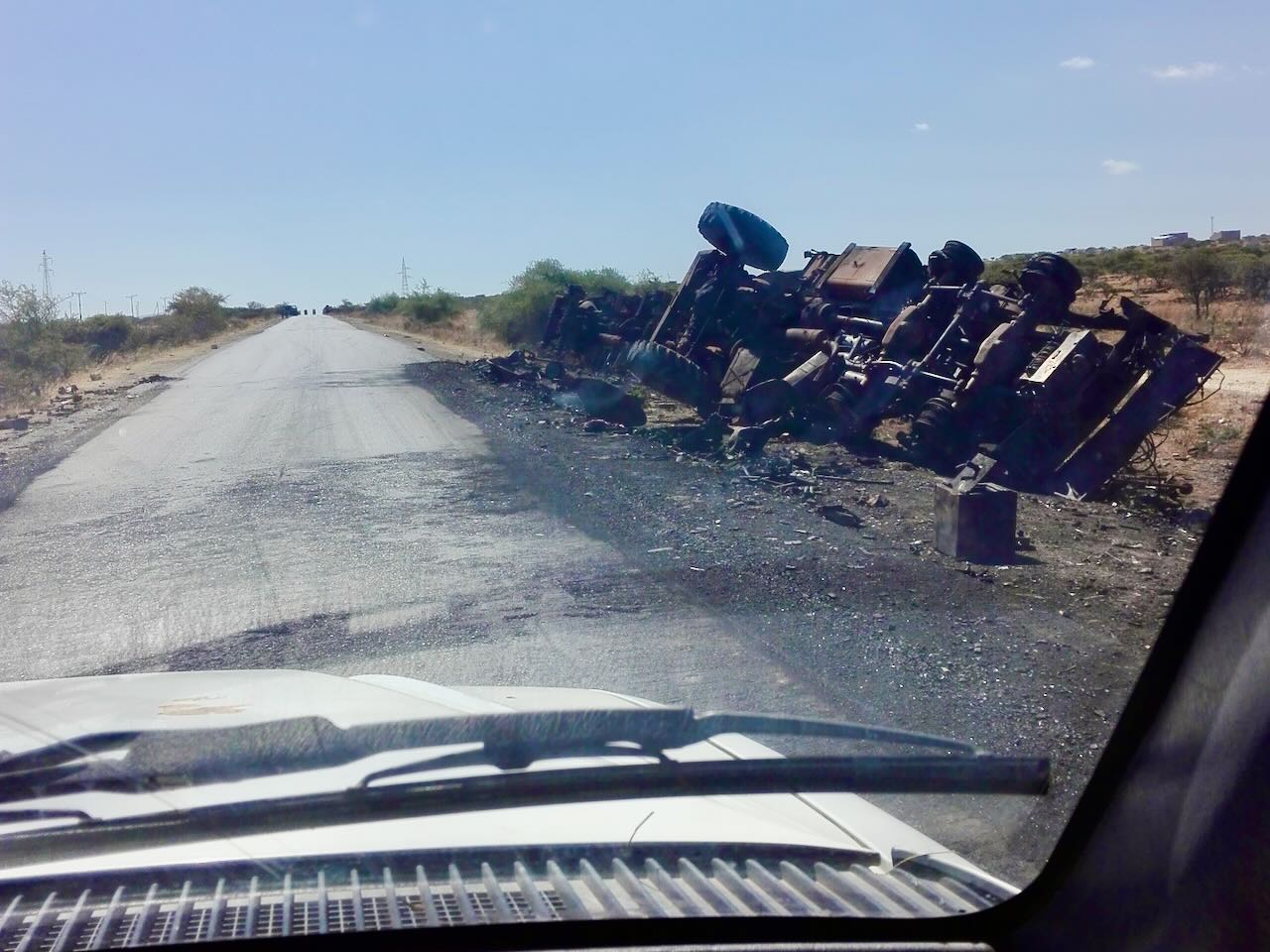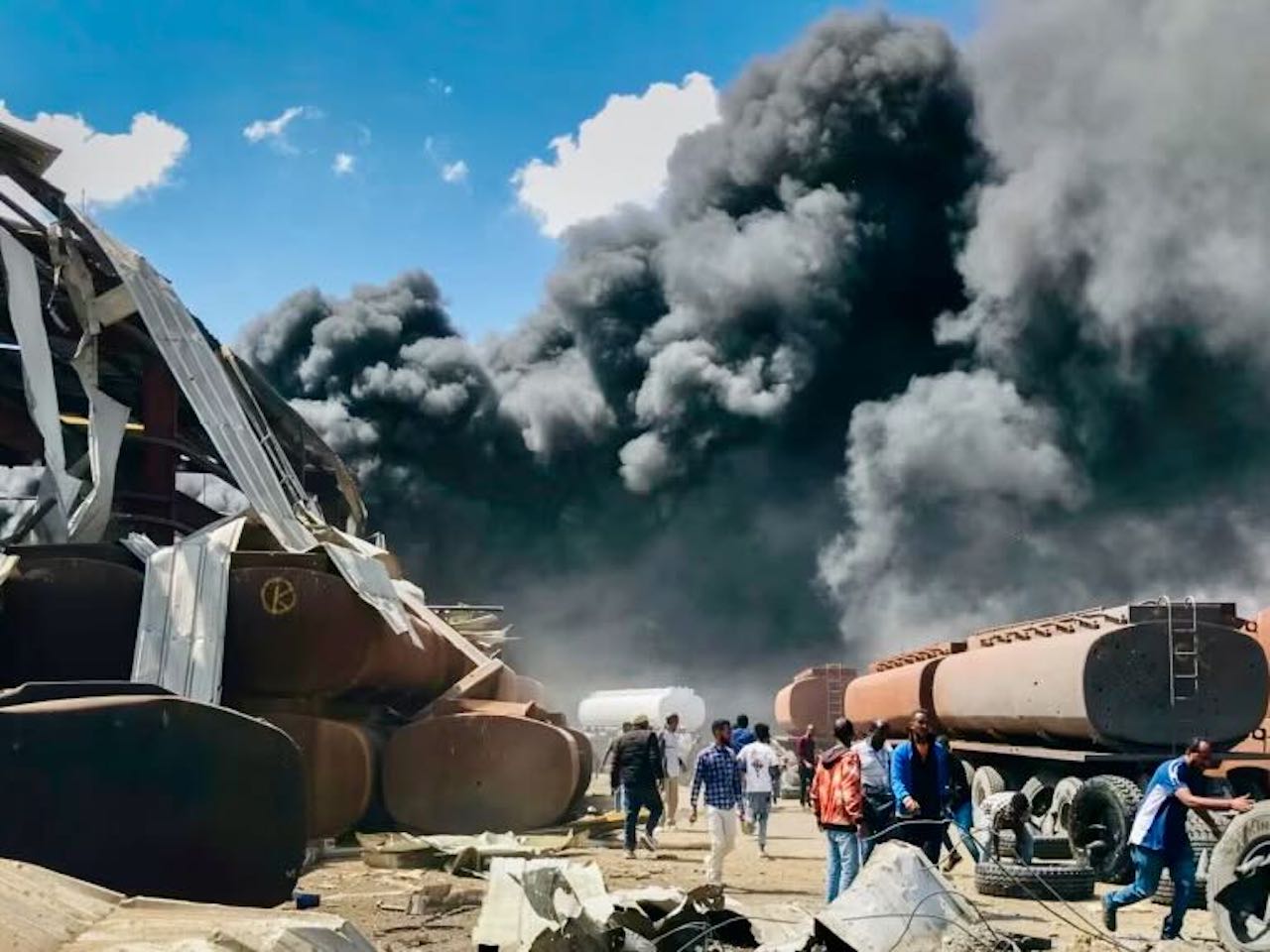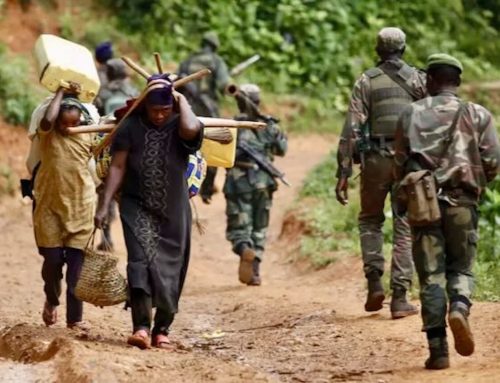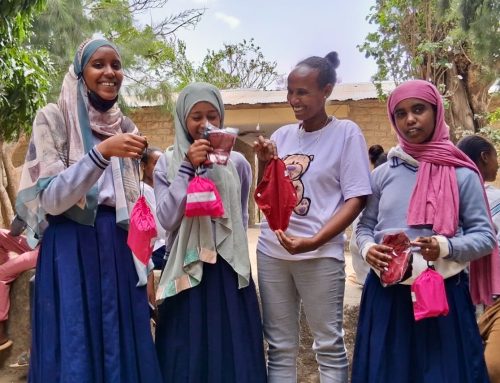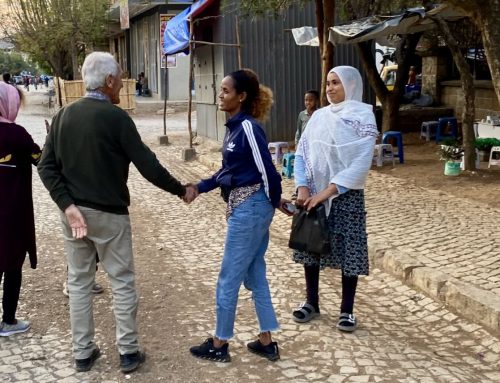600,000 Civilians died in two years of war in Ethiopia
Last week marked three months since the peace agreement in Pretoria (South Africa) and it was revealed that 600,000 civilians died in two years of war in Ethiopia, making it one of the bloodiest of the century in the world. It was the African Union (AU) mediator for the Horn of Africa, Olusegun Obasanjo, the former Nigerian president, who estimated the death toll at 600,000 in an interview published in the Financial Times. The conflict left around “a thousand dead a day”.
The current tragic death toll unfortunately corroborates those that have been published on different days and in different periods of time. On November 2, 2022, coinciding with the signing of the cease-fire, Linda-Thomas Greenfield, U.S. Ambassador to the UN, stated that more than 500,000 people had died in the war. A month later, Josep Borrell, the European Union’s High Representative for Foreign Affairs and Security Policy, declared that figures of between 600,000 and 800,000 people had been “killed”.
If we move to April 20, 2022, Angel Olaran warned “Every day that aid fails to arrive increases this human crime in Tigray”. The missionary had already pointed out the difficult situation in that region, where the population of Wukro and St. Mary’s Mission are located. According to him, he estimated that 500,000 civilians had already died and every day more and more people were dying for lack of the most basic necessities.
Angel Olaran (Abba Melaku), in April 2022, was already writing about the death of 500,000 civilians.
The first figures were from researcher Jan Nyssen
The first figures that began to be given were those of the study of the researcher Jan Nyssen, professor emeritus of Geography at the University of Ghent (Belgium). Nyssen, who assures that “hunger is used as a weapon of war”, states that “the figures in Tigray are frightening, we even hesitated to publish them, but the work we did was very rigorous. Our team defends the estimate of between 300,000 and 600,000 civilian victims, without including the combatants on both sides, which some military intelligence sources put at between 100,000 and 200,000”.
The magnitude of these catastrophic figures makes the war in Ethiopia – “incomprehensibly invisible” to the public – one of the deadliest of the current century in the world, considering that they have been produced for a conflict that has lasted only two years and that has been located in Tigray, an area of about six million inhabitants. The conflict has meant that today “there are many families in need of microcredit to rebuild their lives”.
Tigray, the forgotten tragedy
Although the war has caused many more deaths than the war in Ukraine, it has been largely ignored by the Western media. For the West, this war has for the most part taken place in obscurity, for not all conflicts and not all humanitarian crises are equal, no matter how great the human cost. Angel Olaran wrote about inequality using a humorous story by George Orwel “Animal Farm” in the publication “High Morale… against all hope”
It is a tragedy that Tigray has become a forgotten catastrophe. In the middle of last year, the Basque missionary already argued it with the writing “Tigray is a dark side one the UN”. Angel Olaran also wrote about “The differences in the treatment of the UN and global imbalances”. Previously, in the section of our blog we published Angel Olaran being upset because the world is not doing anything against hunger in Tigray.
The blockade of Tigray, the main cause of mortality
The government blockade of the region of Tigray – Angel Olaran compares Tigray with a concentration camp – which blocked the entry of humanitarian aid to the civilian population – which has been pushed into a massive famine – and the communication with the outside world of all information, bloody clashes, bombings, looting, more than 80% of hospitals damaged or destroyed and the disappearance of the ambulance service, massacres documented by the United Nations, etc., have led to the heartbreaking death toll mentioned above. Tigray has been transformed into a center of weaponized rape and internet blackouts that aggravate the psychological torture faced by the victims and their families. Angel Olaran calls for the removal of “NEVER AGAIN” from the UN archives “if the UN can justify the crimes in Tigray…”
Two years of war in Tigray
The war in Tigray began on November 4, 2020 between the Ethiopian Army and the Tigray People’s Liberation Front (TPLF). Ethiopian Prime Minister and Nobel Peace Prize laureate Abiy Ahmed declared war on the TPLF and began a military offensive by the Ethiopian National Defense Forces (ENDF) against the TPLF after months of tensions at the political and administrative levels. Angel Olaran writes about Operation “Law and Order” against Tigray. The TPLF, which had dared to challenge the power of the federal government from its Ethiopian region, accused Abiy of whipping up tensions since his coming to power in April 2018, when he became the first Oromo to take office. Until then, the TPLF had been the dominant force within Ethiopia’s ruling coalition since 1991, the ethnically supported Ethiopian People’s Revolutionary Democratic Front (EPRDF). The group opposed Abiy’s reforms, which it saw as an attempt to undermine its influence. The war also involved Amhara militias and the Eritrean Army in support of the Ethiopian Federal Government Army.
Ceasefire Agreement, Pretoria Agreement
On November 2, 2022, the peace negotiations that began on October 25 in Pretoria, South Africa, accelerated to the Pretoria Agreement that established the cessation of hostilities and the Executive Declaration on the Modalities for the Implementation of the Agreement, signed on the 12th of the same month. This declaration provides for the surrender of heavy weapons and the demobilization of combatants, the reestablishment of public services in Tigray, the reactivation of humanitarian aid and the withdrawal of all armed groups and foreign forces that fought alongside the Ethiopian National Defense Forces (ENDF). That week, Angel Olaran writes after a peace agreement in the Ethiopian conflict.
Slow implementation of the Agreement
Three months after the Pretoria Agreement, although steps are being taken towards peace – the capital of Tigray, Mekelle -, is once again connected to the national network, the first flights and the opening of banks have begun, “but without any major changes” – there are still many pending issues that all the actors involved must overcome in order to finally turn the page on a conflict with several open fronts.
Finally, in the last publication, Ángel Olaran write “Confident, even in the absence of proof”, states that “aid is still at a low minimum; the harvest this year was very low; many families have barely had enough to cover their needs for two months and have returned to the list of those in need of aid. The next harvest will be in November. For this reason, he is clear about the need to start projects to “support agriculture so that more families have access to irrigation and get rid of the aforementioned shortage”.
Thank you for your interest and we appreciate your support
We have made this information with different links to other information to complete it. If you wish to read more about our publications, you can do so in the blog section of our website. Thank you very much for your interest and for taking the time to read it. We appreciate your support.




